Linda’s Place: The Blues Truth is a short video produced by two classes — Television’s “Culture, Race and Media” and English’s “Blues as Literature” at Columbia College Chicago. The collaborative project is an example of service learning, and it features Linda’s Place, a Back of the Yards blues club on the embattled, oft-bloodied Englewood border. While it is only 30 seconds long, the video is an intellectual dialogue based on students’ research, paying attention to history, class, race, gender, politics, culture and the media.
On three visits, the students investigated how a black woman could survive and thrive as a South Side blues club owner for more than two decades, given the historical silencing of women by white and black men and oppression against “wild blues women.” This extra-credit class project was entirely the brainchild of the students. They sought the “truth.”
The TV students were assigned to produce a 30-second commercial called Linda’s Place: The Blues Truth. They got extra credit service-learning points for using art, media and socio-anthropological research to help foster “unity in the community” by creating more balanced, accurate portrayal of women of color. Their work also appears on cultureraceandmedia.com as an example of “our media” as opposed to “the media,” a mainstream corporate construct.
For the “Blues as Literature” students, the goal was the same – to give back to the community. The promotional video tells the story that blues is still alive on Chicago’s South Side. It’s impressive that Linda’s Place is making it, despite the fact the City of Chicago awards more tax breaks to downtown and North Side blues clubs than to those on the South and West sides.
In what is sometimes called our “post-racial” era, younger black people often shun the blues as a painful reminder of African-Americans’ suffering slave past where “field hollers” turned into Negro Spirituals, which later morphed into the secular spirituals we now call blues.
A rainbow coalition of black, white, Latino and biracial students and faculty worked on this project this semester, including: Jenny Adkins, Lawrence Baker, Anthony Alfonsi, Yesnia Gonzalez, Aaron Van Pelt, Charles Hatch, Chelsea Middendorf, Kevin Fitzpatrick, Emmanuelle Matthews and Mackenzie Brayan with professors Stan West and George Bailey.
Students learned from scholars that while blues is an authentic American art form that has generated jazz, R&B and rock, this popular Western music has an African genesis, originating at the Senegambian border.
African-American literary criticism and its black aesthetic differs from traditional Euro-centric aesthetics, which evaluates the work of art in terms of its beauty and not in terms of the transformation from ugliness to beauty that the work of art demands from its audience. Neither aesthetic is more right than the other. They arise from different worldviews, different definitions and different positions of power, representing ideas of “high art” and “low art.”
Linda, owner of Linda’s Place, says blues has made her “more beautiful and more powerful” by nourishing her soul and spirit with its cultural fruit. Linda herself attended a Critical Encounters Student Showcase on April 26 at Columbia College.


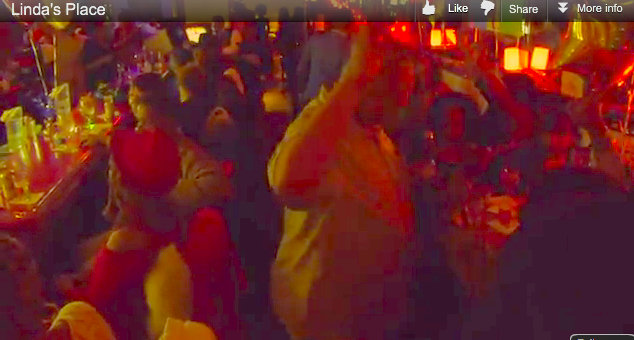
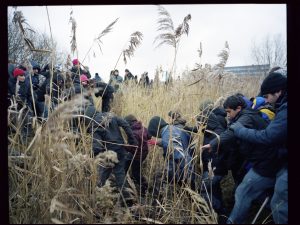

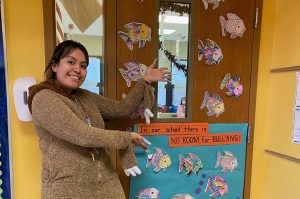
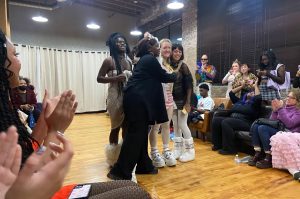
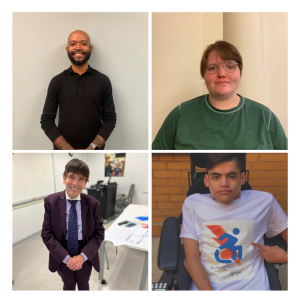
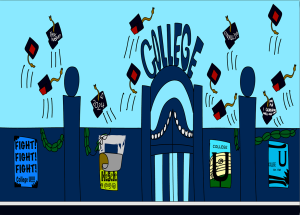




Be First to Comment